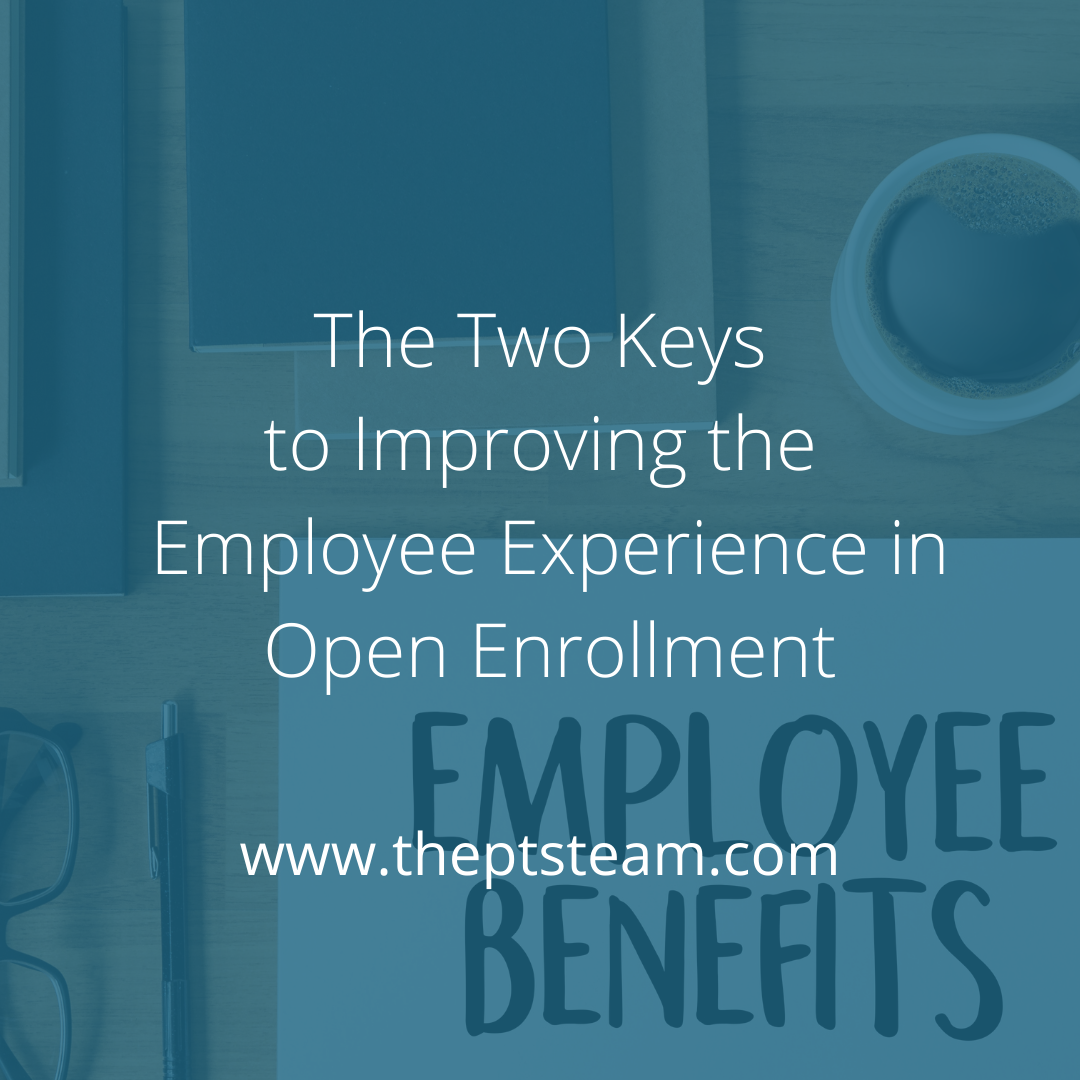Employee experience was a top priority for employers before the COVID-19 pandemic as they sought to recruit and retain talent in a tight labor market.
The employee experience has since become even more important even though unemployment has surged to historically high levels in the worst economy in decades.
Organizations’ short-term effectiveness and long-term success depend largely on how they address their employees’ concerns about their health, safety, and employment as the pandemic continues. Employees pleased by their employers’ responses are four times more likely to be engaged and six times more likely to report a positive state of well-being than workers dissatisfied with their organizations’ handling of the pandemic, according to McKinsey & Co. research into COVID-19 and the employee experience.
Identifying your employees’ needs in the “new normal” and addressing them properly will help you in engaging them and caring for their well-being. Protecting employees and ensuring that they feel safe will create a positive return-to-work employee experience.
Re-defining employee experience
Traditionally, employee experience has been defined as how workers have perceived their employer throughout their time together. An employee’s journey has encompassed milestones such as their recruitment, onboarding, career development, and eventual exit from the organization.
Pre-pandemic, employees formed their opinions of employers largely on how they were treated in the workplace. Work environments and workplace policies often shaped their perceptions.
But the defining characteristics of employee experience have changed as companies have shifted to working remotely to prevent COVID-19 from spreading. Employers must now address the needs of employees working from home as well as in the office, emphasizing safety at every opportunity.
“The way employers treat their employees during the COVID-19 pandemic will define what type of employer they are, and this will impact employee loyalty, motivation, and overall employee and customer satisfaction.” Vitality USA CEO Tal Gilbert told Forbes contributor Jeanne Meister, in explaining how employee experience is more important than ever.
Gartner stated, “The employee experience of returning to the workplace is as much a potential landmine as health and safety,” in announcing the results of its survey of HR leaders planning the return to work. “Employees who don’t feel safe and supported will be less engaged and less productive.”
Gartner’s research shows that CHROs prioritize employee experience in return-to-work plans, with 64% of HR executives giving it more priority than they did before the COVID-19 pandemic. An employer’s actions will influence their ability to recruit and retain employees now as well as later.
Gartner recommends creating “employee journey maps” that include meaningful moments in the return-to-work employee experience, like the first day back in the office. Consider factors like how you will create emotional connections and cultivate collaboration between employees who have been separated for months while maintaining safety.
Plan, implement and maintain the safety measures that employees will need to return to work confidently, and communicate what you do to keep everyone safe as you move forward.
Preparing employees to return to work
Gartner suggests communicating candidly with employees about the risks of returning, noting, “The perception of safety is as important as safety itself.” Even simple methods like a green/yellow/red rating to communicate the risk of exposure at a given workplace on a particular day can communicate that a company cares about its workers.
Tell employees what to expect before they return, like if they will have to complete any pre-entry temperature checks or health screenings. Share the latest information on policies like sick leave and compensation.
Offer online training in new guidelines and resources to ensure that employees understand how to protect themselves and others. Require them to complete training and verify that they have done so before they can enter the workplace.
Enable employees to complete personal health assessments online or through an app so that they can self-identify any COVID-related symptoms before returning as well. Adopt virtual waiting areas or online appointment scheduling to reduce congestion when entering the workplace.
Protecting the workplace
Keeping employees apart can keep them safe. A safe employee journey for return to work can include social distancing precautions like allocating workspaces and assigning work schedules.
Grouping employees into “operating pods” that stay together also can help track possible infections and prevent outbreaks. Restricting assignments that must be done by workers within six feet of each other to fixed teams can similarly keep the virus from spreading between groups of employees.
Additional precautions could include:
- Contactless thermometers to encourage safe, opt-in temperature testing during the day
- Digital forms to replace paper-based, in-person processes
- Badge scanners at the entrances to rooms to track employee movement
- Digital sign-in desks between rooms to both monitor and discourage excessive movement
- Reservations for common spaces like break areas and conference rooms
- Visible recording and monitoring of cleaning like through a highly visible “confirmation of cleaning” list
Working with employees
Improving the employee experience is an ongoing process, especially given the continuous changes in public health conditions and regulations as the pandemic evolves. Collecting feedback from employees helps address their concerns.
Address concerns promptly. Supervisors can collect queries and concerns from frontline team members every morning. You can also set up a hotline to collect suggestions.
Regularly publishing an updated Q&A list and the latest on workplace conditions can also help employees feel heard by and cared for by their employer. Return-to-work technology and mobile apps can improve employee communication and experience.
Improving the employee experience remains crucial to attracting and retaining talent. But it has become even more important due to the COVID-19 pandemic. Workers will be more engaged if you provide a positive return-to-work employee experience that makes them feel safe.
The Providence Technology Safe @ Work Solution is a comprehensive and complete return-to-work platform that improves the employee experience by enabling employers to communicate health information and warnings more easily.
Contact us today to discuss your return-to-work needs online, by email at info@theptsteam.com or by calling 904.719.8264.














